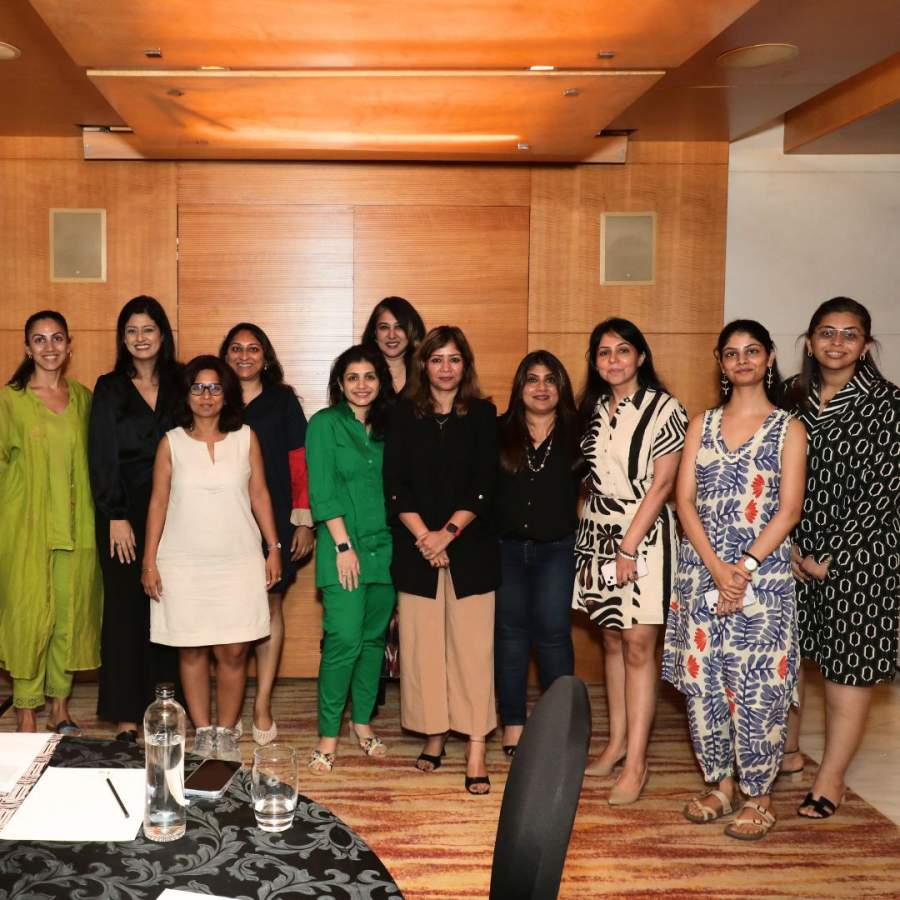Navigating the Challenges of Managing The Next Generation of Employees Insights from Prathima Reddy, Country Speaker, Merck India and MD, Merck Specialities
By: Alisa Warsi, Marketing & Community Manager, Ladies Who Lead

Managing younger employees who are seemingly more focused on making money and expecting quick returns can be tough. However, as Prathima Reddy highlighted in our recent chat, the key to transforming even the most disengaged employees lies in building a strong company culture and motivating your team effectively. Here are some key takeaways from our conversation with her that can help leaders handle this challenge.
Building a Strong Cultural Identity
A solid company culture is the backbone of employee engagement and motivation. Leaders need to set the right example. At Merck, the culture is based on three pillars: Pioneer, Care, and Outperform. Prathima highlights, “There are specific behaviors under these pillars that guide employee actions and set the tone for the organization.”
- Pioneer: Encourage new ideas and taking calculated risks. This makes employees feel they can try out new things and be creative.
- Care: Show genuine concern for your employees’ well-being. This builds trust and loyalty, which are essential for long-term commitment.
- Outperform: Focus on making a real impact. Employees should understand how their work helps achieve the company’s goals.
Avoiding Mediocrity through Excessive Rewards
In India, there’s a habit of praising employees too quickly, which can lead to mediocrity, she adds “Praising every action was creating a culture of mediocrity, and then the expectations are too high on every small action. It has to be something above and beyond to be recognised.” Instead of praising every little thing, save the recognition for truly outstanding efforts. This helps keep standards high and motivates employees to do their best.
Understanding Employee Motivators
To effectively engage younger employees, it’s crucial to understand what drives them. Prathima says, “They expect respect and leadership opportunities; they crave challenge and recognition.” By giving them chances to lead small groups or take charge of projects where they excel, you can tap into what motivates them. “Let them know you recognize their talents and then see how they can contribute,” she added.
Mentorship and Soft Skills
Mentorship is key to bridging the generational gap within teams. Pairing senior members with younger employees helps both groups learn from each other. Developing soft skills and a high emotional quotient (EQ) is also important. Prathima embhasises, “Having soft skills and a high EQ is important in a company with mixed-aged employees and being open to their ideas.”
Handling Generational Differences
Generational differences can lead to cliques and exclusion and leaders must promote open communication and encourage everyone to share their opinions. Prathima mentions, “Older members many times form structures and groups but don’t participate. You need to openly disagree and speak up when needed.” It’s important to address conflicts openly and ensure that everyone feels heard and valued. This helps create an inclusive environment where all employees can thrive.
Setting Clear Goals and Policies
Having clear goals and policies is essential for maintaining accountability and fairness. This includes gender parity, disability inclusion, and cultural diversity targets. “Leaders have to walk the talk, policies have to be set that way,” Prathima asserted. Leaders must lead by example and ensure that policies are aligned with these goals. Fair leave policies, childcare support, and other inclusive practices help create a supportive work environment.
Navigating Workplace Politics
Clear and transparent communication is crucial in dealing with workplace politics. She says, “Keep communication clear. Take the pain to explain yourself. They must understand you.” Avoid getting overly emotional and be mindful of your audience. It’s also important to have a sponsor within the organization—someone who believes in you and is willing to take a chance on your potential. “A sponsor doesn’t coach you or guide you but takes a chance on you,” she explained.
To conclude, in Prathima’s words, “The journey to effective leadership is continuous, but with the right strategies, it is possible to navigate these challenges successfully.”


























